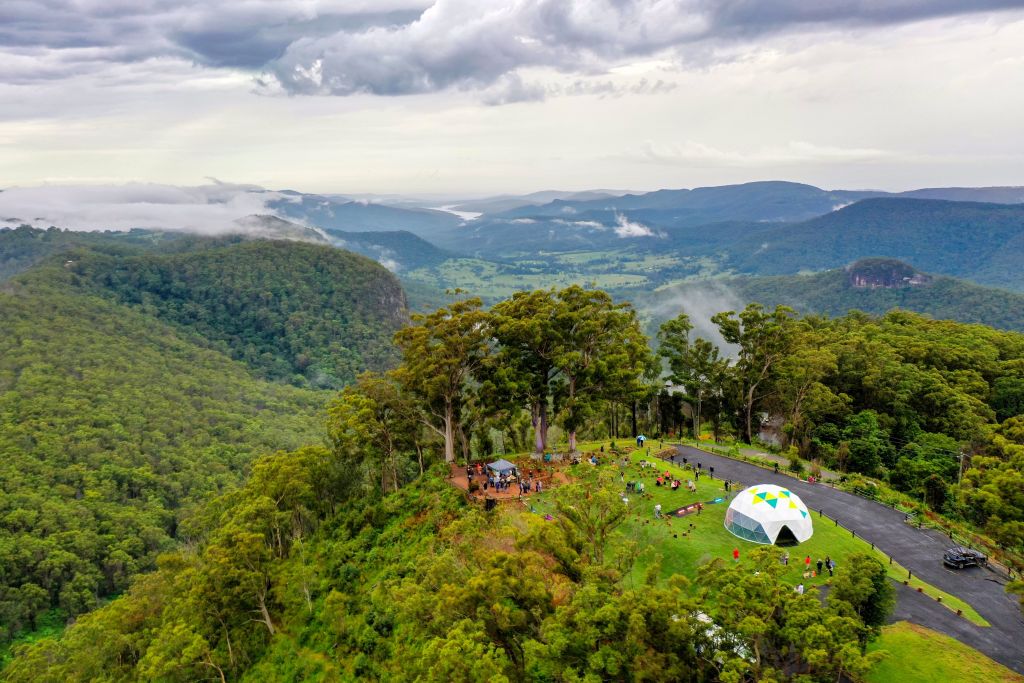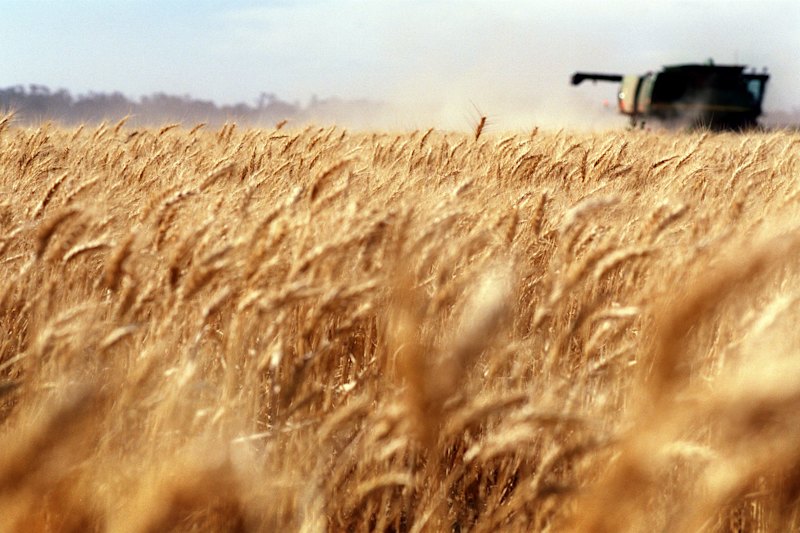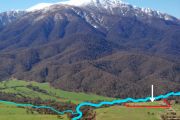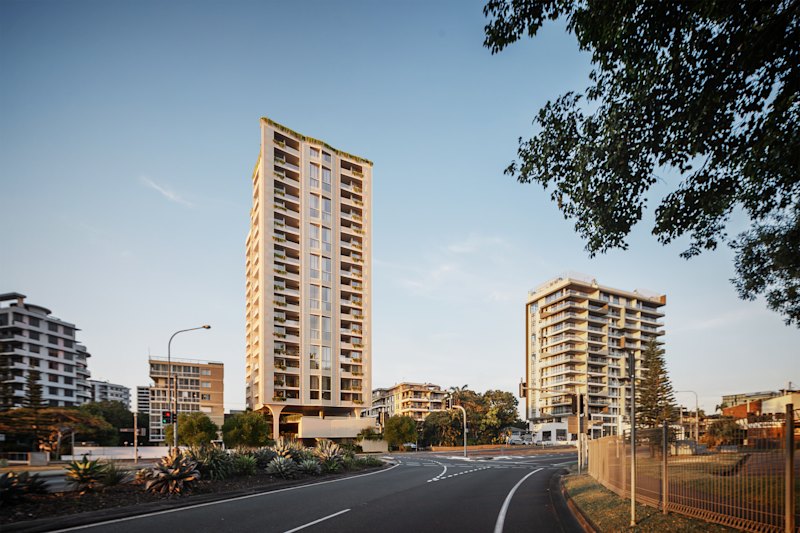
From the ashes: How heritage-listed Binna Burra Lodge is rebuilding after devastating bushfires
When the heritage-listed Binna Burra Lodge in the Gold Coast hinterland was razed in the September 2019 bushfire which affected more than 50 per cent of the world’s oldest subtropical rainforest, Gondwana, many wondered how the popular lodge could rise from the ashes.
Against the odds, the refuge for bushwalkers, birdwatchers and naturalists is this month hosting the inaugural Gondwana Festival, along with O’Reilly’s Rainforest Retreat (which, with Binna Burra, is surrounded by Lamington National Park) and Mt Barney Lodge (located on the fringe of world-heritage-listed Mt Barney National Park).
The road to recovery has been long and isn’t even over yet.
Guests won’t be staying in a brand-new lodge: a less-than-hoped-for insurance payout, due to the fire being classed as an accidental bushfire, has stalled any rebuilding efforts.
Instead, guests will stay in one of Binna Burra’s refurbished safari tents, pitch their own tent, or enjoy a plush stay in one of the renovated sky lodges – a small collection of one-, two- and three-bedroom apartments that miraculously survived the blaze with only smoke and some exterior damage.
Binna Burra CEO Jonathan Fisher said the combination of public sympathy and the COVID-induced desire for domestic travel had left him with “a businessman’s nightmare”.
“We felt like we had a strong brand but nothing to sell,” Mr Fisher said. “When we finally reopened to the public, after a full year of being closed, there was so much pent-up demand that even car parking became a major issue.
“As well as our loyal and returning visitors, we have had more people coming here for the first time than ever before.”
It took 14 months and $30 million (jointly funded by the state and federal governments under the Disaster Recovery Funding Arrangements) to repair the only road in and out of Binna Burra, another factor that has slowed the business’s recovery.
“Now the road is fantastic,” Mr Fisher said. “It begins in the pretty town of Canungra and winds up the mountain to take in sweeping views that make you feel like you’re in the foothills of the European Alps.”
Accessibility may no longer be an issue, but with the resort’s main dining room reduced to a pile of charred rubble, Mr Fisher said the focus of their food and beverage offerings had to shift to the licensed Binna Burra Teahouse, which thankfully survived the fire.
“We’re planning to extend the tea house with an undercover, open-air deck that takes in the views and provides better facilities for day visitors, using funds from the National Bushfire Recovery Agency,” he said.
“We’ve also converted Groom’s Cottage, the former home of one of Binna Burra’s founders, Arthur Groom, into a bushwalkers’ bar. I joke that we’ve transformed it from a heritage hub to a heritage pub.”
Established in 1933, the lodge has hosted generations of visitors who have fond memories of holidaying in its original rustic cabins.
Determined to rebuild, Mr Fisher and the Binna Burra Lodge Ltd board of directors are still settling on a plan.
One idea is to build a collection of “tiny houses” that are private, comfortable and provide an “in-the-woods experience”, Mr Fisher said. But to do so would cost an estimated $20 million.
Initially set up as an unlisted public company with 97 shareholders who shared a passion for ecotourism, Binna Burra today has more than 800 shareholder members.
Now, they’re hoping this same group of shareholders will once again dig deep to help keep the vision of Binna Burra’s founders alive.
“It’s akin to a social collective … no one can own more than 2.5 per cent in shares,” Mr Fisher said.
“We’re holding an extraordinary general meeting in March and we’re hoping we can sell more shares to our existing shareholders to raise $4.5 million. If we’re undersubscribed, we will open it to the public a few weeks later.”
More than anything, Mr Fisher said he wanted to ensure that Binna Burra remained accessible to people of all abilities, and from all walks of life.
“We are the gateway to Lamington National Park, and we want to ensure there’s a range of accommodation options for all people from the cradle to the grave … but the national park will always be the star.”










